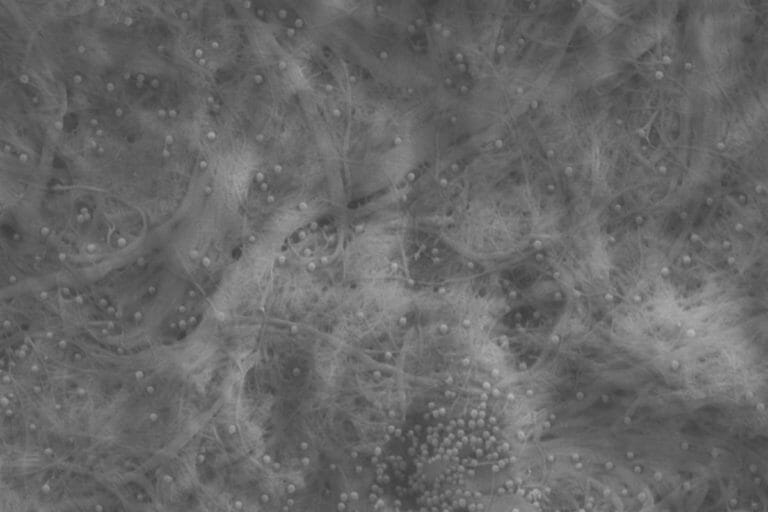Photo: A scanning electron microscope image shows microplastic particles (measuring 100 nanometers each) attached to the nanocellulose "mesh" VTT Technical Research Centre of Finland
While no one likes seeing plastic waste floating in our waterways, tiny unseen "microplastic" particles are also a threat to the aquatic environment – and to human health. A new study now suggests that a material known as nanocellulose could be used to remove them from the water.
Nanocellulose is a porous "pseudo-plastic" material, made by processing minuscule cellulose fibers. Cellulose is in turn the most abundant organic compound on the planet, found (among many other places) in the cell walls of plants.
Microplastics, on the other hand, come from sources such as chunks of plastic waste that have broken down into smaller pieces, microbeads that are used in products such as toothpaste, and even small fibers shed by synthetic clothing while it’s being washed.
Because the particles are by definition smaller than 5 millimeters each – and often even microscopic – they’re difficult to see, and to filter out of waterways. As a result, they frequently end up being eaten by fish, and subsequently passed along to people who consume those fish. Depending on how toxic the particles are, there’s a risk that […]
Full article: Nanocellulose used to remove microplastics from water



